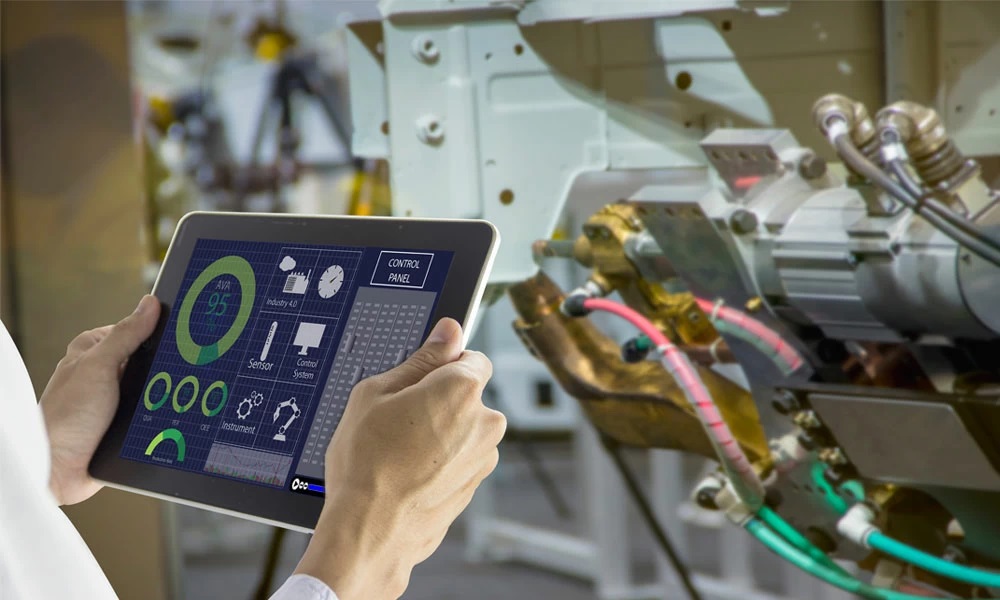Manufacturing Bill of Materials
A list of components, raw materials or assemblies required to complete the end product is known as the Bill of Materials (BOM). BOM is classified into different categories, such as Engineering Bill of Materials, Sales Bill of Materials, Service Bill of Materials and Manufacturing Bill of Materials. The Manufacturing Bill of Materials, known as Manufacturing BOM or MBOM, consists of the list of all the parts and assemblies, including the packaging materials like the coloured boxes. It also incorporates the documentation included, such as the CDs and guides. Everything, that has been used at some or the other point of the manufacturing process has to be mentioned in the Manufacturing BOM. The liquid glue or tape also, if used, is mentioned under the Manufacturing Bill of Materials.
The contents of the Manufacturing Bill of Materials have to be accurate and in detail as much as possible. This helps the manufacturer or the retailer to take decisions on how to make the product reach the customer, cost effectively and efficiently. It also helps in saving much time. The details included in the Manufacturing Bill of Materials helps in other business related solutions such as Materials Resource Planning (MRP), Enterprise Resource Planning (ERP) and Manufacturing Execution System (MES).
The Manufacturing Bill of Materials is often compared with the Process Plan since the content of both includes the information regarding the manufacturing process. Though similar to an extent, the Manufacturing Bill of Materials concentrates more on the product, while the Process Plan, as the name suggests, focuses on the process.





